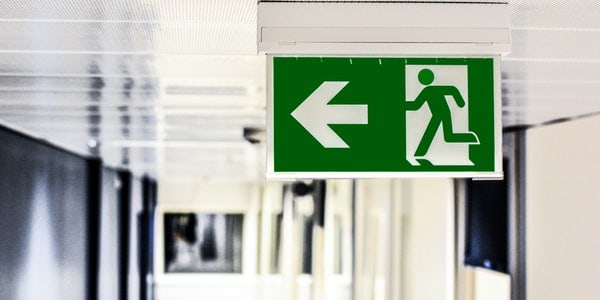Tips for Implementing Your Risk Assessment
Once you have identified your existing and potential hazards in your risk assessment, you are ready to implement the systems or precautions that can prevent or control those hazards. Whenever possible, hazards should be eliminated. Sometimes that can be done through the substitution of a less toxic material or modifying engineering controls. When you cannot eliminate hazards, precautions should be established to control them.
When deciding on a precaution, apply following principles in order:
- Provide a less risky option
- Prevent access to hazard
- Reduce exposure to hazard
- Use personal protective equipment
- Provide welfare facilities (first aid and washing facilities)
Here are some actions to consider:
- Set up safe work procedures based on an analysis of the hazards in your workplace and ensure that employees understand and follow them. It is a good idea to involve employees in the analysis that results in those procedures.
- Be ready to enforce the rules for safe work procedures. Ask your employees to help establish a disciplinary system that will be fair and understood by everyone.
- Where necessary, ensure that personal protective equipment (PPE) is used and that your employees know why they need it, how to use it and how to maintain it.
- Provide regular equipment maintenance to prevent breakdowns that can create hazards. Ensure that preventive and regular maintenance are tracked to completion.
- Plan for emergencies, including fire and natural disasters. Conduct frequent drills to ensure that all employees know what to do under stressful conditions.
- Involve nearby GPs and emergency facilities by inviting them to visit your workplace and help you plan the best way to avoid injuries and illness during emergency situations.
- Ensure the ready availability of medical personnel for advice and consultation on matters of employee health. This does not mean that you must provide health care, but you must be prepared to deal with medical emergencies or health problems connected to your workplace.
- Develop an emergency medical procedure to handle injuries, transport ill or injured workers to healthcare facilities and notify medical facilities. Posting emergency numbers is also a good idea.
- Survey the medical facilities near your place of business and make arrangements to handle routine and emergency cases. Cooperative agreements may be possible with nearby larger workplaces that have on-site medical personnel and/or facilities.
- Ensure that your procedure for reporting injuries and illnesses is understood by all employees.
- Perform routine walk-throughs of the worksite to identify hazards and to track identified hazards until they are corrected.
- First aid supplies should be readily available for emergency use. Arrangements for this training can be made through your local safety council and other organisations.
Check charging stations, maintenance operations, laboratories, heating and ventilating operations, and any corrosive materials areas to make sure that the eye-wash facilities and showers are operational.

